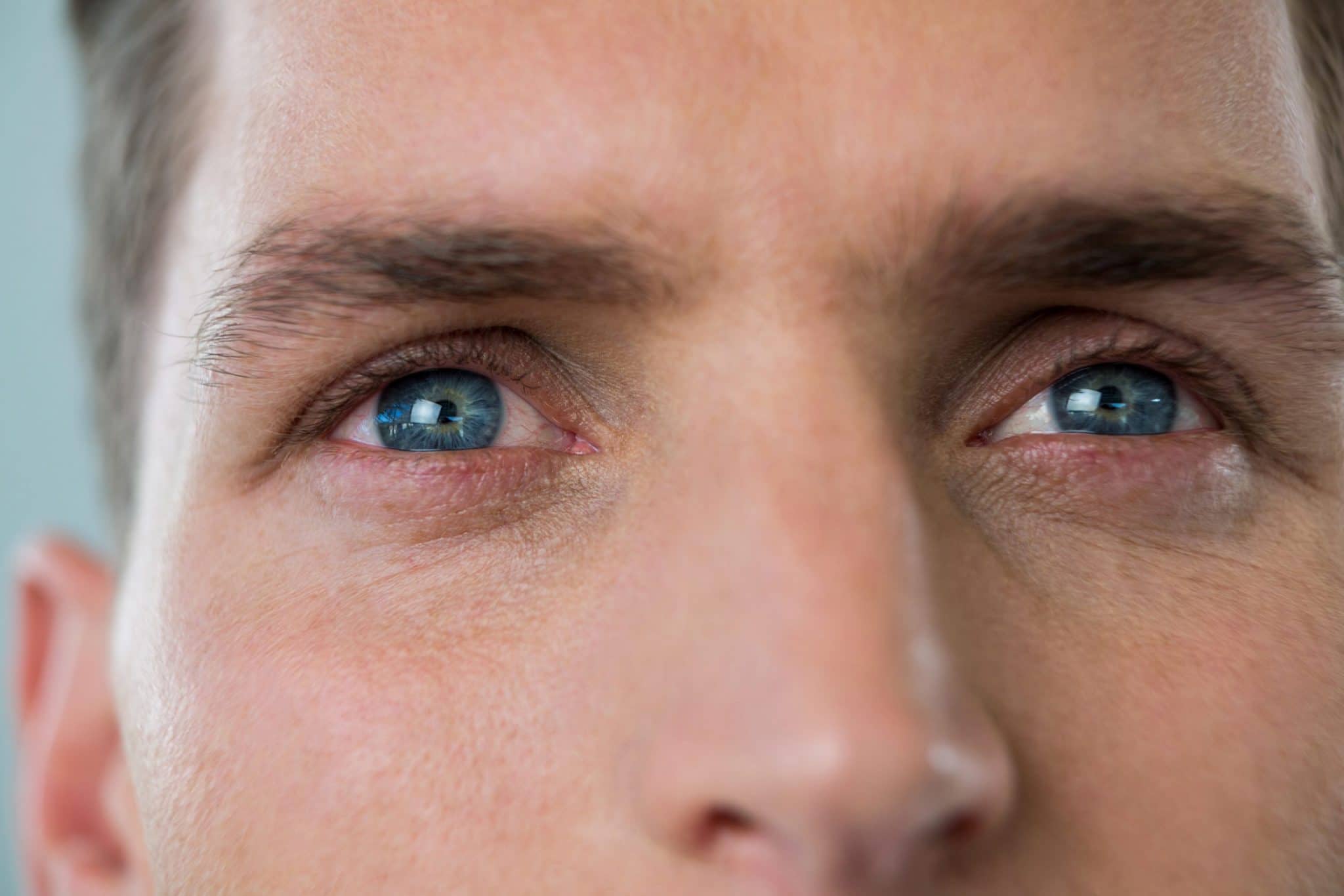When you take a look at yourself in the mirror it is common to notice that your eyelids might not be the same length. This might make your eyes look different sizes even though your actual eyes are normally exactly the same size and it is your eyelids which make the difference. You might be wondering what the underlying reason is for having uneven eyelids and may wish to investigate corrective surgery. Usually having uneven eyelids is harmless and does not indicate a medical condition.

Bone structure
You might notice that your left brow bone is higher than your right brow bone which signifies that the opening in your left bony orbit is larger in size. This means that your eye is situated more towards the front of your eye socket which will increase the visibility of your left eyelid in comparison to your right eyelid. This is because your right eye is usually set deeper in the eye socket and has a smaller orbital opening. This is why our eyes may appear asymmetrical, because our eyelids are exposed to varying degrees.
Droopy eyelids
It is usually fairly easy to detect droopy eyelids as you might find that they weigh down your upper eyelash line. For many people this goes unnoticed and is just considered a normal sign of ageing, but it can give the appearance that you have different sized eyes. Having droopy eyelids is a condition called ptosis and while it does not usually impact your vision it can be corrected with surgery. Having surgery on your droopy eyelids can help to give the appearance that you have larger eyes and may contribute towards enhancing the symmetry of your eyes.
Bulging eyes
If over time you notice that one of your eyes looks bigger than the other because it is bulging then you might have a condition called exophthalmos. It is fairly commonplace that those suffering from this condition usually experience bulging in both eyes rather than just one. The cause of the condition is normally indicative of another medical condition such as having a tumour located behind the eye or even a hyperactive thyroid. As this condition tends to develop slowly it can be difficult to detect when the eye is going through the bulging process and is usually most noticeable when looking at photographs taken at different times.





